
Aluminum and Copper Prices Drive Nonferrous Scrap Into U.S. Markets
The United States, typically a net exporter of scrap, is now witnessing a significant influx of nonferrous metals. Aluminum and copper scrap from overseas suppliers is entering the U.S. in large volumes, driven by high domestic prices and favorable tariff structures. Rick Dobkin of Shapiro Metals highlights that the U.S.’s “all-in” aluminum and copper pricing has created strong pull incentives, particularly compared to international markets.
This inflow has overwhelmed some sectors of the domestic industry. According to Dobkin, aluminum rolling mills across the U.S. are now saturated, with demand for feedstock weakening despite billet material still being in moderate demand. A 50% tariff on select aluminum products has spiked regional premiums, while recycled materials—facing tariffs as low as 10%—have surged into the country, altering usual trade flows.
Meanwhile, copper markets face similar disruption. With Comex prices outpacing those of the LME and SHFE, traders are taking advantage of arbitrage opportunities. The looming August 1 start of a 50% tariff on inbound copper is expected to cement this pricing divergence, as U.S. consumers continue to buy at a premium to international benchmarks.
Southeast Asia Tightens Scrap Regulations Amid Environmental Concerns
While the U.S. absorbs more scrap, Southeast Asia is clamping down on imports and recycling operations. In Thailand, inspections and enforcement actions have halted several recycling yards. Stella Ying Wang of American Iron & Metal LP reports that Thai authorities have suspended the issuance of new recycling licenses, especially in duty-free zones notorious for illegal waste dumping.
The Thai Ministry of Industry, led by Akanat Promphan, has identified violations ranging from lack of permits to unsafe disposal practices. These developments are part of a broader strategy to enact a new Industrial Waste Management Act. Until then, licensing activity remains frozen, and future recycling plant development is on hold.
Malaysia, too, is stepping up cargo inspections, creating additional bottlenecks for exporters of nonferrous scrap. These measures reflect a regional trend: governments aiming to protect local environments from becoming dumping grounds for hazardous recyclables.
SuperMetalPrice Commentary:
The current surge in inbound nonferrous scrap highlights a critical moment for global recycling flows. The U.S. market, long a dominant exporter, is shifting toward opportunistic importation due to pricing dynamics and tariff policy. Aluminum and copper premiums, combined with global arbitrage, are reshaping supply chains in real time. Meanwhile, Southeast Asia’s regulatory crackdown reflects rising environmental standards that will likely limit cheap disposal options for scrap globally. Stakeholders must now navigate a volatile mix of trade policy, environmental regulation, and pricing distortion.


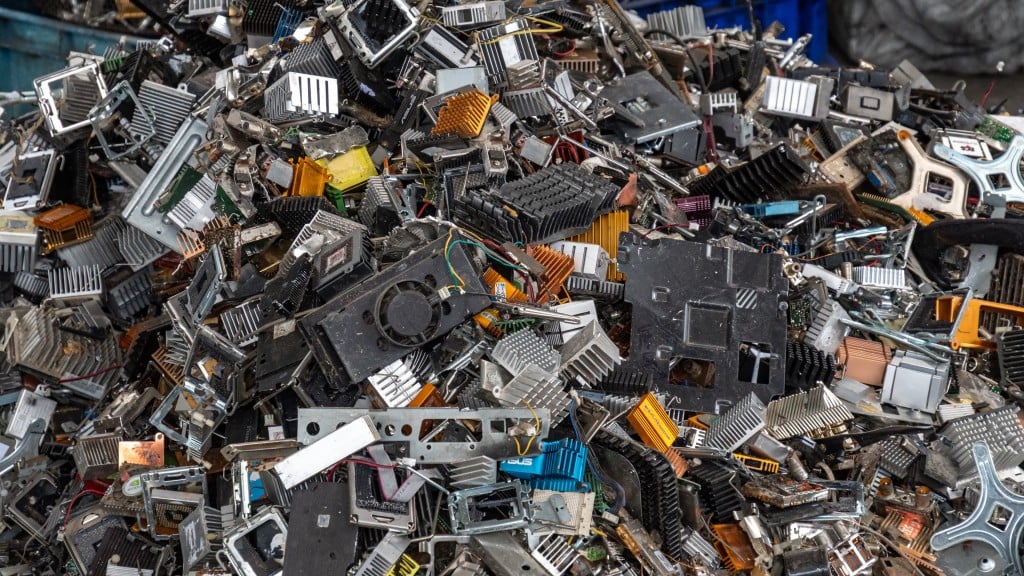

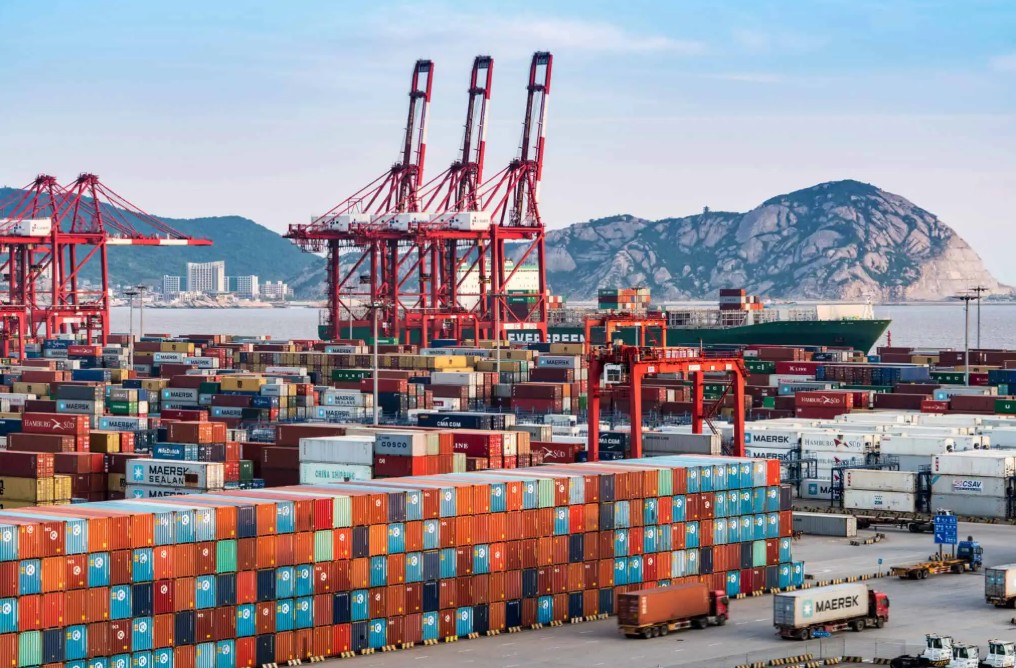
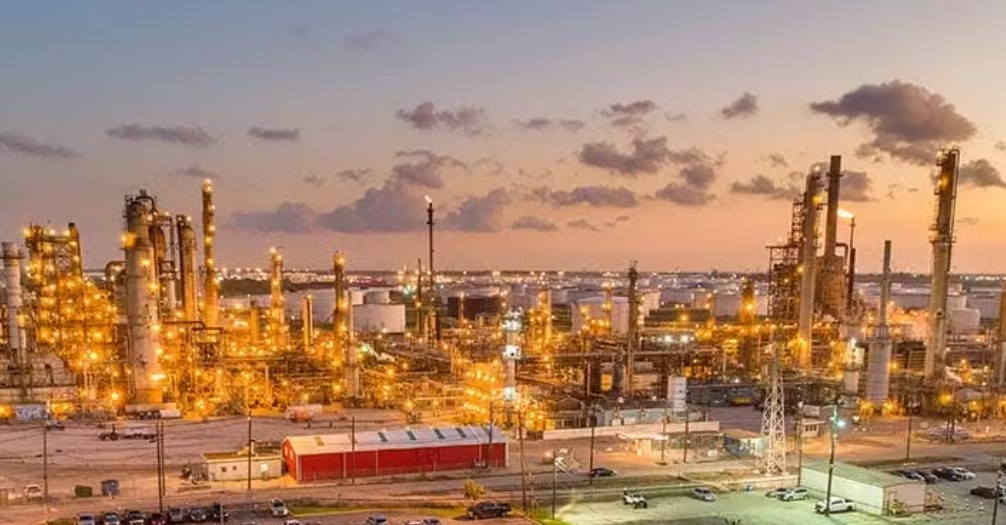


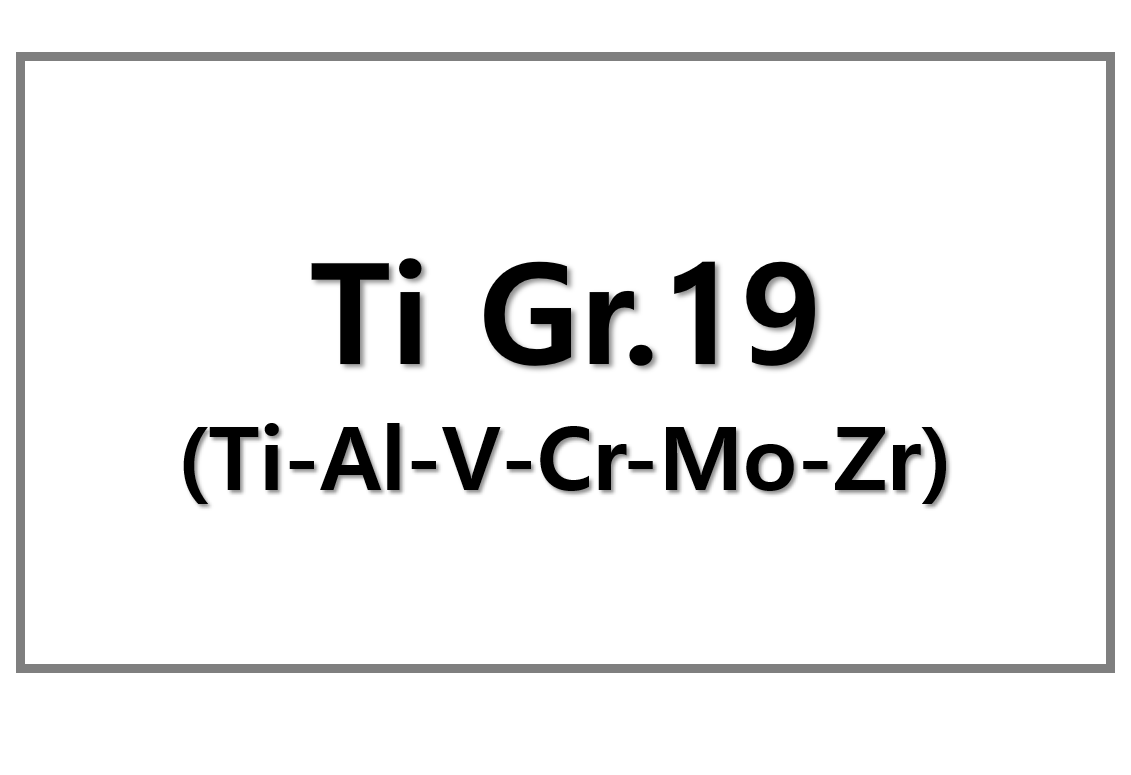
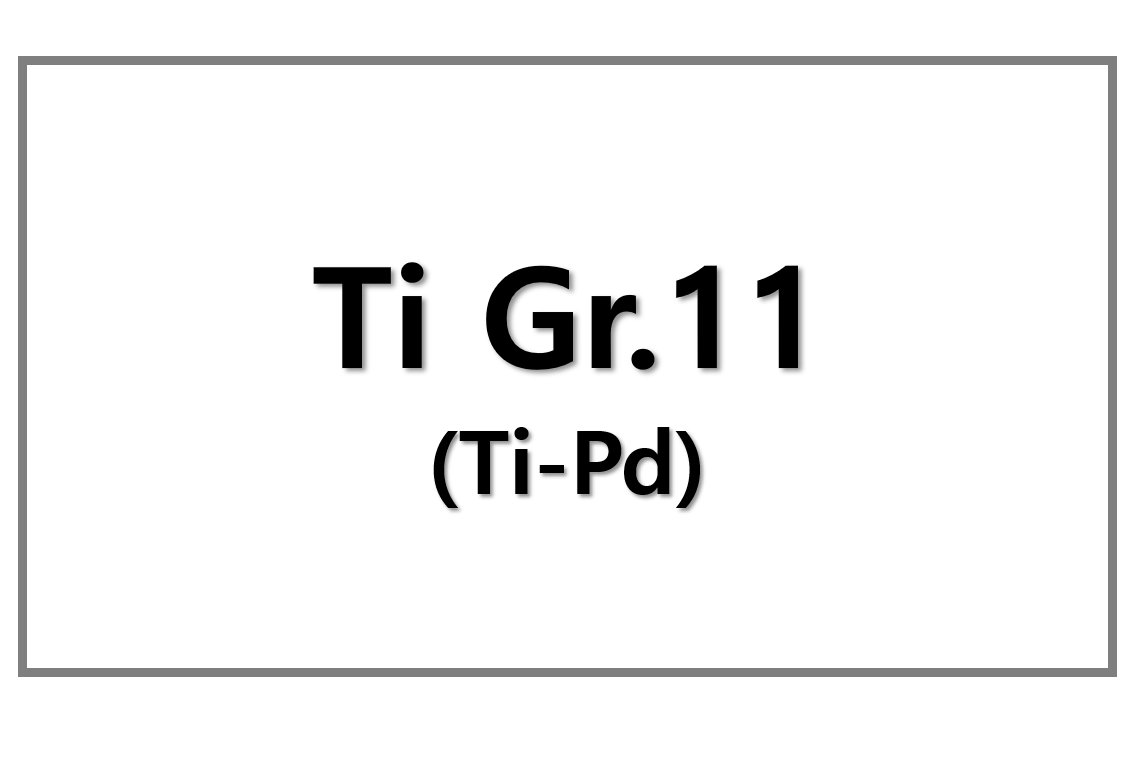
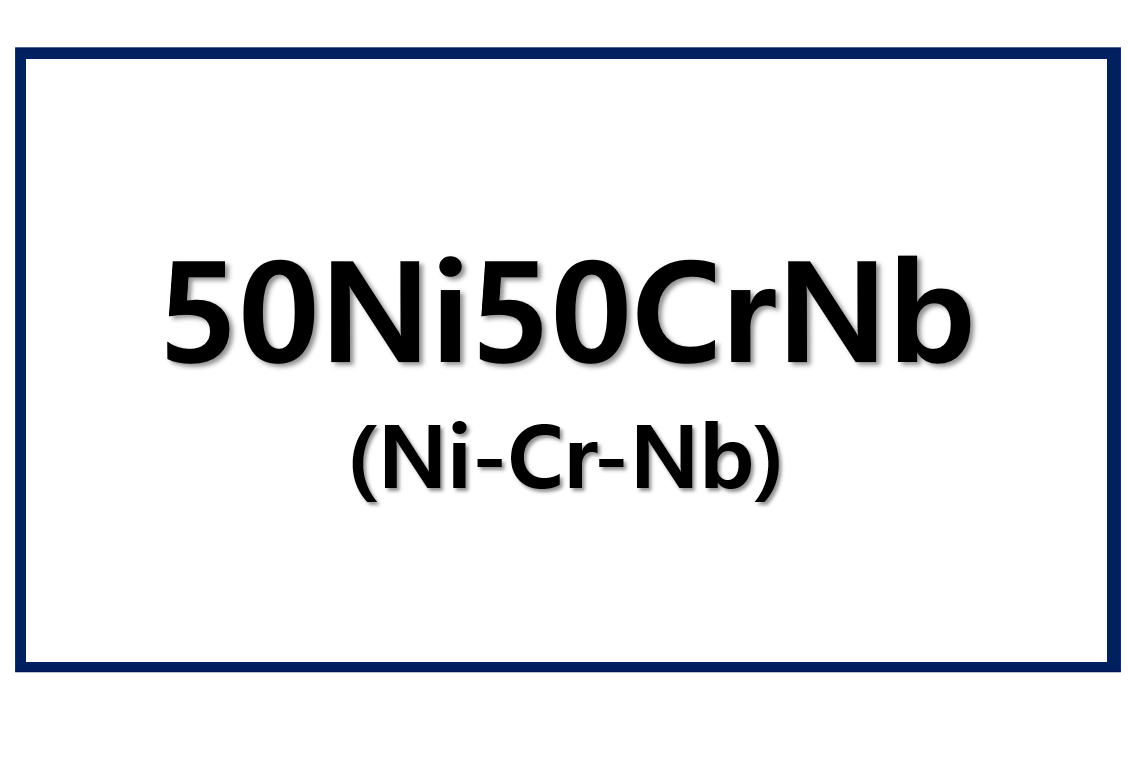
Leave a Reply
You must be logged in to post a comment.